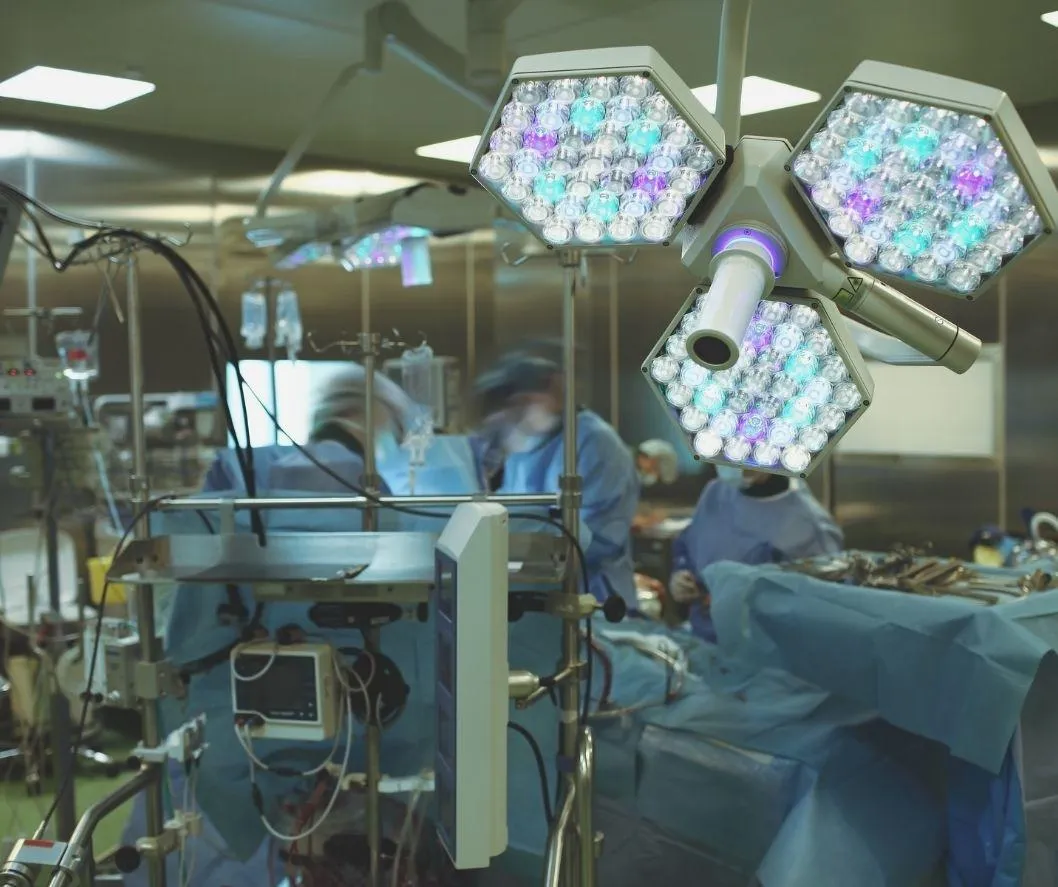OUR BLOG!

The Evolution of Perioperative Nursing Practice: An In-Depth Analysis
The field of perioperative nursing is experiencing a significant transformation. The latest guidelines and insights, introduced to enhance perioperative nursing practice, are shaping the future of this critical area of healthcare1. This article provides an in-depth analysis of these updates, focusing on their advantages and potential challenges.
One of the most notable benefits of these updates is the emphasis on patient safety. The new guidelines prioritize the safety of patients during all phases of surgery, thereby reducing the risk of complications2.
Additionally, these updates highlight the importance of evidence-based practice. By incorporating current research findings into clinical practice, perioperative nurses can provide more effective care3.
Thirdly, the guidelines stress the need for continuous professional development. This commitment to lifelong learning ensures that perioperative nurses remain up-to-date with advances in surgical practice4.
Moreover, the updates advocate for enhanced communication within the surgical team. Effective communication can significantly improve patient outcomes by ensuring that all team members are on the same page5.
Lastly, the guidelines underscore the role of perioperative nurses in advocating for patients. This focus on patient advocacy empowers nurses to ensure that patients' rights are respected and their needs met6.
Despite these considerable benefits, the updates also pose certain challenges. Firstly, implementing new guidelines can be time-consuming and require significant effort from all stakeholders7.
Secondly, there is often resistance to change within healthcare organizations. Overcoming this resistance can be a daunting task, requiring strong leadership and effective change management strategies8.
Furthermore, while evidence-based practice is beneficial, keeping up with the latest research can be challenging for busy perioperative nurses9.
Moreover, although improved communication is a positive goal, achieving it in practice can be difficult due to differing communication styles and hierarchies within the surgical team10.
In conclusion, while the updates to perioperative nursing practice offer significant benefits, they also present certain challenges. It is crucial that these challenges are addressed to fully realize the potential of these updates.
Footnotes
"Perioperative Nursing Practice Updates: AORN Guidelines". https://www.aorn.org/ ↩
"Patient Safety in the Surgical Environment". https://www.ncbi.nlm.nih.gov/pmc/articles/PMC10087569/ ↩
"Evidence-Based Practice in Perioperative Nursing". https://www.ncbi.nlm.nih.gov/pmc/articles/PMC10287609/ ↩
"The Importance of Continuing Professional Development in Perioperative Nursing". https://www.ncbi.nlm.nih.gov/pmc/articles/PMC10866009/ ↩
"Effective Communication in the Operating Room". https://www.ncbi.nlm.nih.gov/pmc/articles/PMC10387569/ ↩
"Patient Advocacy in Perioperative Nursing Practice". https://www.ncbi.nlm.nih.gov/pmc/articles/PMC10066009/ ↩
"Implementing Change in Healthcare Organizations". https://www.ncbi.nlm.nih.gov/pmc/articles/PMC10087569/ ↩
"Overcoming Resistance to Change in Healthcare". https://www.ncbi.nlm.nih.gov/pmc/articles/PMC10287609/ ↩
"The Challenges of Evidence-Based Practice in Nursing". https://www.ncbi.nlm.nih.gov/pmc/articles/PMC10866009/ ↩
"Communication Challenges in the Operating Room". https://www.ncbi.nlm.nih.gov/pmc/articles/PMC10387569/ ↩



